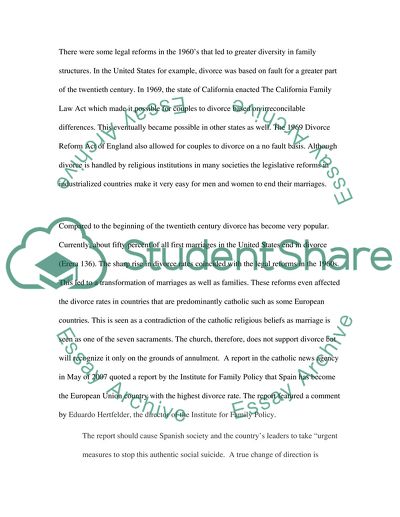Cite this document
(“Politics&Society Essay Example | Topics and Well Written Essays - 2500 words”, n.d.)
Politics&Society Essay Example | Topics and Well Written Essays - 2500 words. Retrieved from https://studentshare.org/miscellaneous/1564213-politicssociety
Politics&Society Essay Example | Topics and Well Written Essays - 2500 words. Retrieved from https://studentshare.org/miscellaneous/1564213-politicssociety
(Politics&Society Essay Example | Topics and Well Written Essays - 2500 Words)
Politics&Society Essay Example | Topics and Well Written Essays - 2500 Words. https://studentshare.org/miscellaneous/1564213-politicssociety.
Politics&Society Essay Example | Topics and Well Written Essays - 2500 Words. https://studentshare.org/miscellaneous/1564213-politicssociety.
“Politics&Society Essay Example | Topics and Well Written Essays - 2500 Words”, n.d. https://studentshare.org/miscellaneous/1564213-politicssociety.


